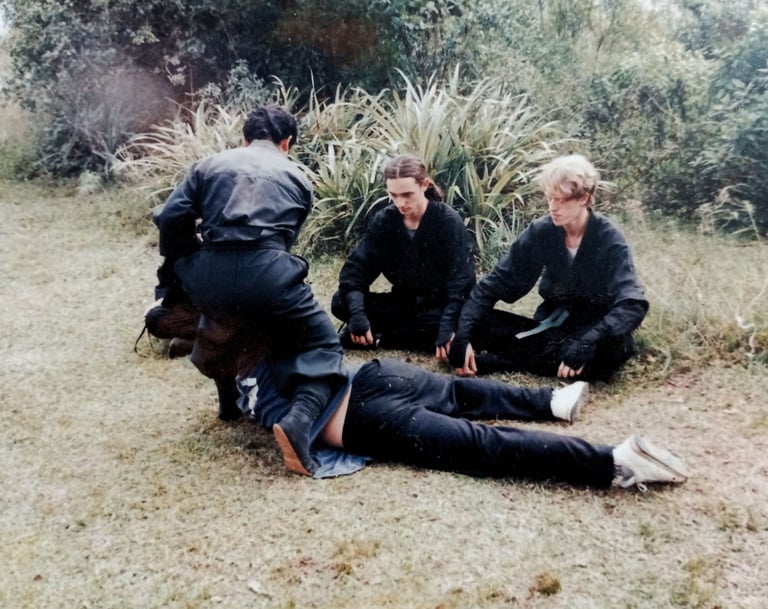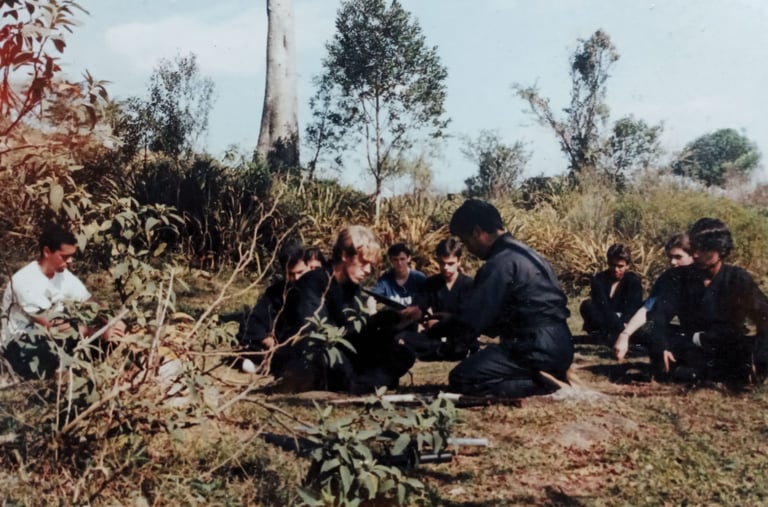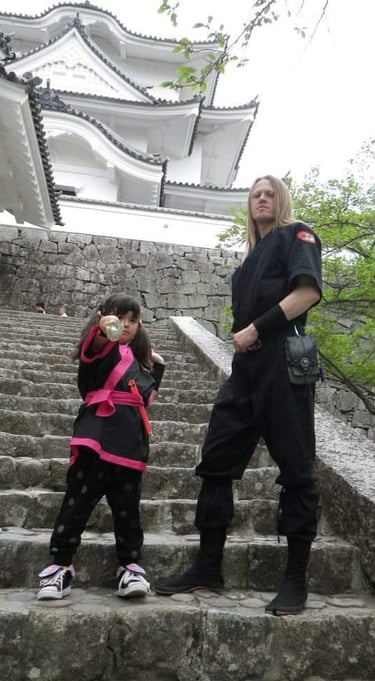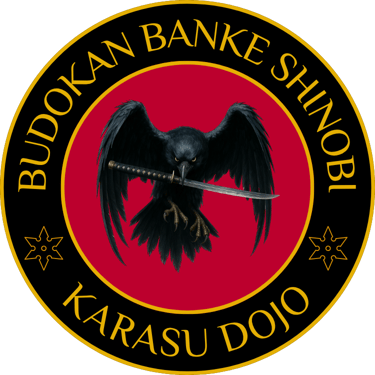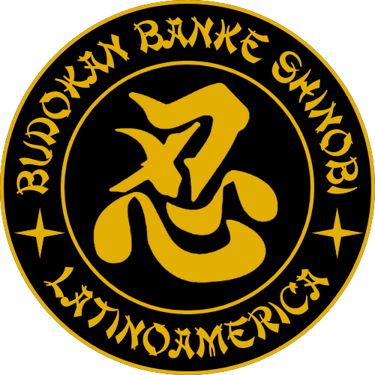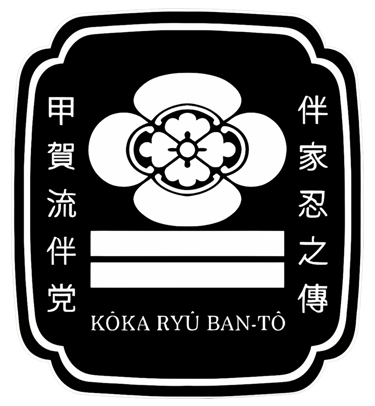Welcome to karasu dojo - budokan banke shinobi
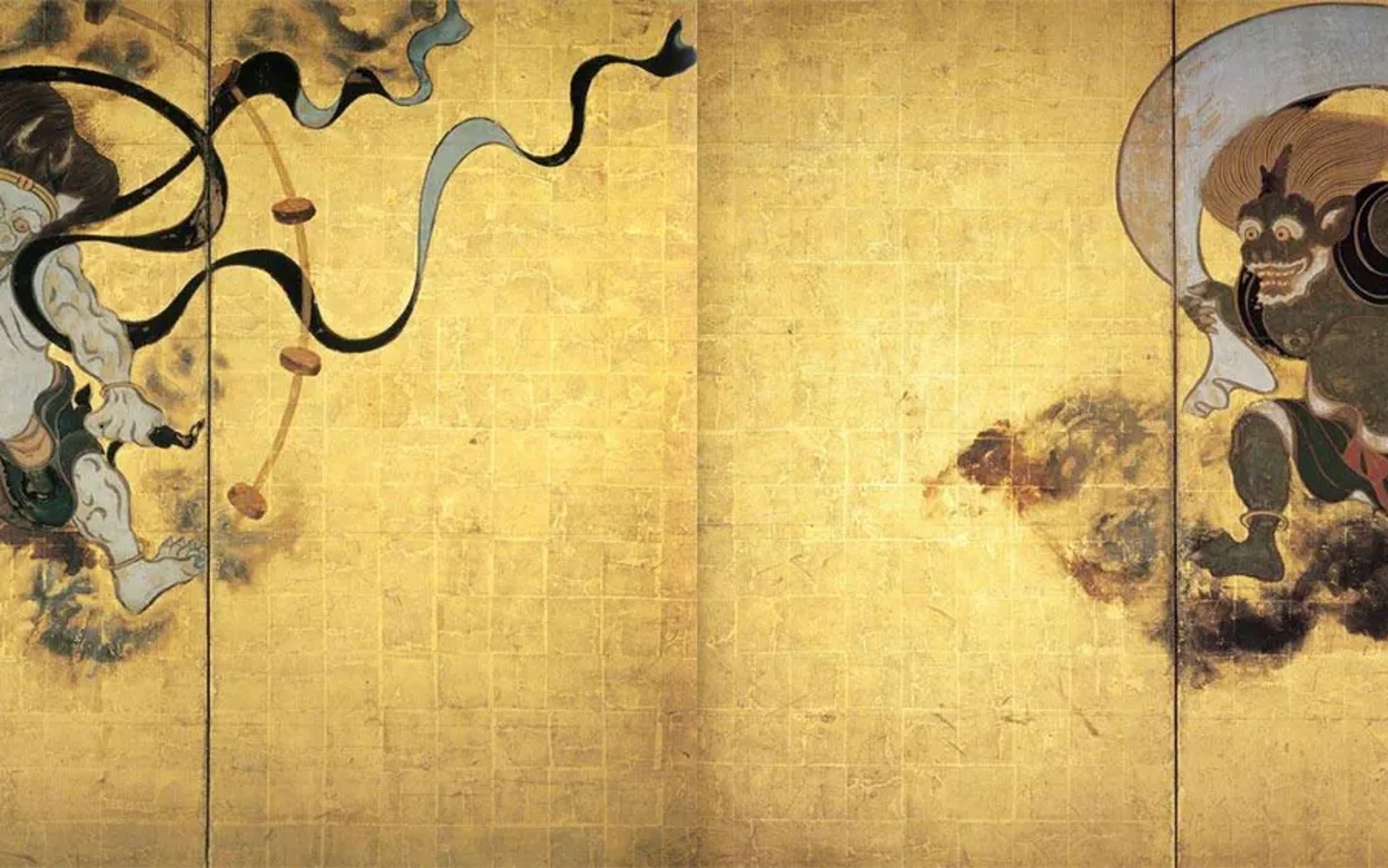
Jinichi Kawakami
- Japan's last ninja
Jinichi Kawakami is widely regarded as Japan’s last true ninja. Born in the 1940s, Kawakami is the 21st grandmaster (sōke) of the legendary Kōga Ban school, one of the ninja traditions originating from the Shiga region and traditionally associated with the Kōga ninja. His training began as a child, at the age of six, under the tutelage of master Masazo Ishida.
For years, Kawakami was exposed to a rigorous regimen of learning that involved everything from espionage and infiltration techniques to the use of traditional weapons, knowledge of chemistry, disguise, camouflage and survival. More than warriors, historical ninjas were true masters of information and strategy.
A trained engineer, Kawakami balanced his professional life with a mission of cultural preservation. Rather than keeping traditions secret, he chose to demystify the image of the modern ninja and share his knowledge with the world.
He was a visiting professor at Mie University, where he coordinated the first university course dedicated to the study of ninjutsu and Japanese ninja culture. He also collaborates with institutions such as the Iga-Ryu Ninja Museum, contributing with historical research and participating in documentaries for NHK, BBC, Discovery and other international media.
Kawakami rejects popular exaggerations about ninjas having supernatural powers. Instead, he emphasizes real skills like body control, concentration, observation, and silence—all of which can still be applied to modern life. Rather than combat or espionage techniques, modern ninjutsu inspires us to cultivate skills like:
Self-control: The mental discipline taught by ninjas helps us deal with stress and make clear decisions;
Perception and mindfulness: Learning to observe the environment and the people around us develops empathy and emotional intelligence;
Resilience: Ninjas were trained to overcome obstacles and adapt—an essential lesson for both personal and professional life.
Discretion and strategy: Acting wisely and subtly, without wasting energy, is a powerful lesson in times of overexposure.
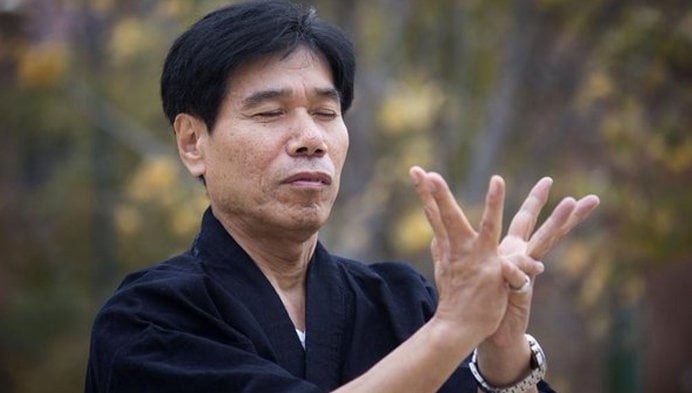

“The true power of ninjutsu lies not in weapons, but in mastery over oneself.” – Jinichi Kawakami
Their legacy lives on as a rare link between the past and the present, helping to preserve the true story of the legendary shadow warriors.
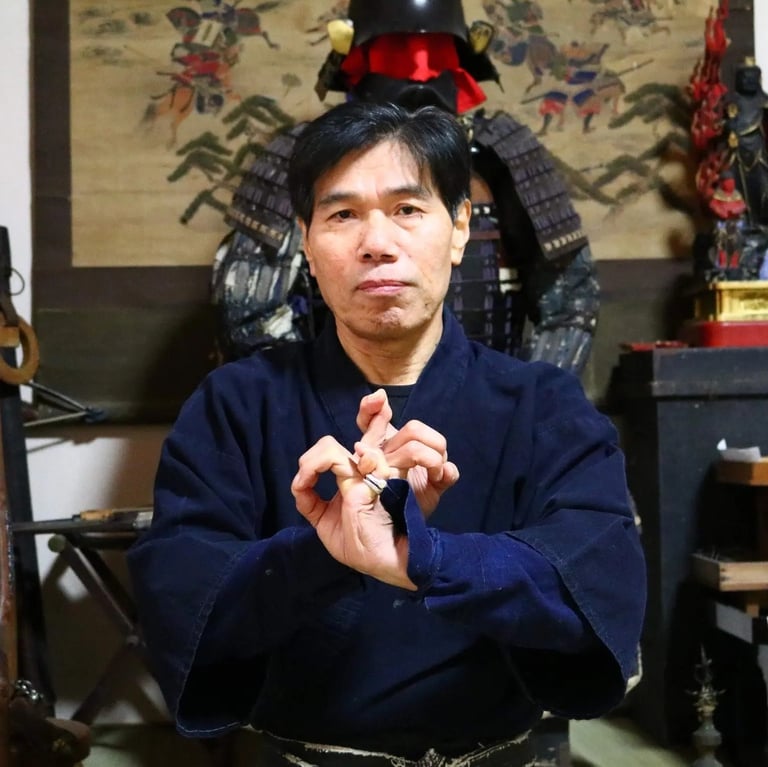


Budokan Banke Shinobi in
South America
In South America, interest in traditional ninjutsu has grown over the years, with the formation of several associations and dojos dedicated to the practice and teaching of this martial art. A notable example is the founding of the Budokan Ninpo Latinoamérica Association on January 1, 2007, in the city of Buenos Aires, Argentina, by senseis Marcelo Fabián Gularte (Argentina), Luís Astorga Camus (Chile) and Paulo Ribeiro Canali (Brazil). This association aims to spread and teach Ninpo, promoting unity and technical development among practitioners in the region.
Although the Budokan Ninpo Latinoamérica Association is not directly linked to the Banke Shinobi no Den school, its existence is evidence of the growing interest and appreciation of shinobi traditions in South America.
The Banke Shinobi no Den school is recognized for preserving the teachings of traditional ninjutsu, passed down by the Ban family of the Kōka region of Japan. These teachings cover not only combat and espionage techniques, but also philosophical, strategic and personal development aspects.
The Kōka Ryū Ban-tō lineage emphasizes the importance of oral transmission and in-depth study of the makimono (scrolls of parchment), which contain detailed instructions on the practices and principles of shinobi.
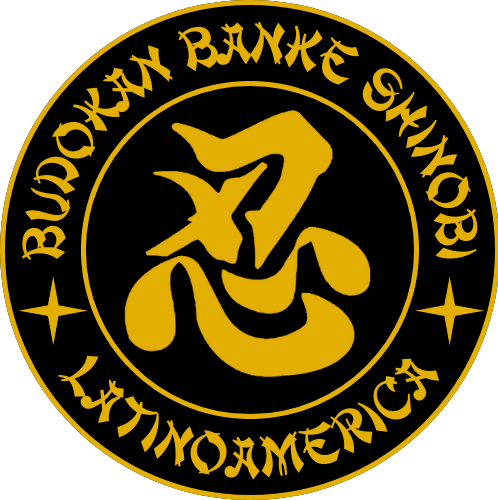

The presence of the Budokan Banke Shinobi in South America represents a significant milestone in the preservation and dissemination of ninjutsu traditions, especially those originating from the Kōka Ryū Ban-tō lineage associated with the Ban family.
Although the detailed history of the specific introduction of the Budokan Banke Shinobi to South America is not widely documented in accessible sources, it is possible to draw a general overview of the expansion of traditional ninjutsu in the region.
Marcelo Fabián Gularte began his martial arts journey at the age of 9, practicing Judo, Karate, Taekwondo, and Kung Fu. In the late 1980s, influenced by ninja films, he started training in Ninjutsu (Shinobi Jutsu) under the guidance of Sensei Jorge Goldenstein, from the Bujinkan school.
In 1993, he became a 1st Dan Sensei and began teaching. He deepened his studies with Master Guillermo Iglesias and, in 1996, traveled to Japan to train with Soke Masaaki Hatsumi. There, he discovered the Genbukan school and the ninja traditions of the Iga and Koka families.
In 1998, he traveled to the United States to train with Soke Shoto Tanemura and returned to Japan with him in 1999. He received the official representation of Genbukan in Argentina and South America. In 2007, he co-founded Budokan Ninpo Latinoamérica with Senseis Paulo and Luis.
After years of searching, in 2017, he was accepted into the Koka Ryu Banke Shinobi no Den school in Japan, through Senseis Defez and Kiyomoto. Since then, Gularte has regularly traveled to deepen his training and now leads the official representation of the Koka Ryu school in Argentina.
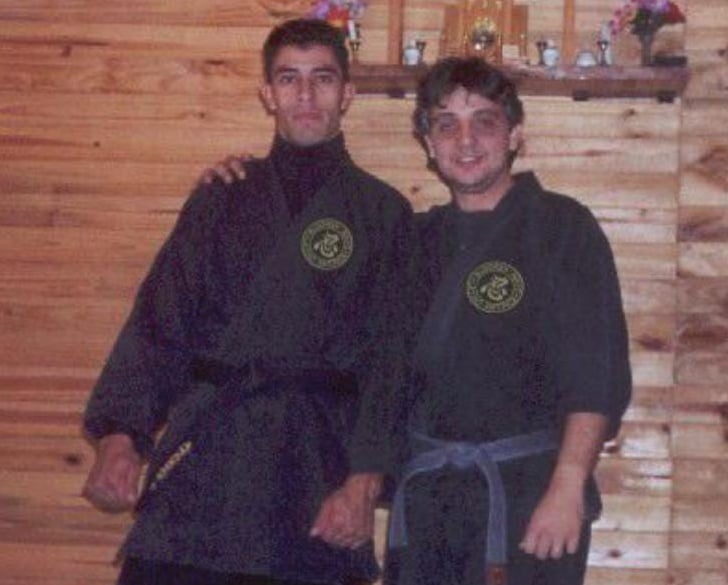

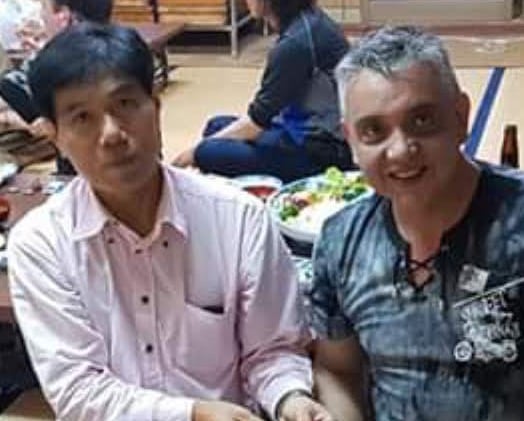


Budokan in Brazil
Budokan Banke Shinobi is a Brazilian organization dedicated to teaching and preserving Ninjutsu and other traditional Japanese martial arts. Founded by Shihan Paulo Roberto Canali, the school is headquartered in Curitiba (PR) and has been operating for over three decades. Shihan Paulo is recognized as the first Brazilian to achieve the 5th Dan in Ninjutsu from the Budokan Academy in Japan.
Budokan's curriculum is quite diverse, with a main focus on Ninjutsu – the ancient art of the shinobi – and also includes other traditional techniques from feudal Japan, such as:
Taijutsu – hand-to-hand combat without weapons, using natural and efficient movements;
Kenjutsu – handling of the Japanese sword (katana);
Bojutsu – techniques with a long staff (bo);
Jujutsu – self-defense and immobilization techniques;
Kusarijutsu – use of chains as weapons;
Hensojutsu – camouflage and disguise skills;
Kijutsu – horse riding techniques used by ancient warriors;
Sageojutsu – use of the obi cord as an improvised weapon.
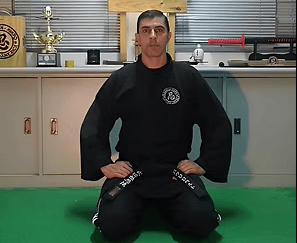


The school has also developed its own modality called TaiNin, a physical practice that combines martial elements with high-intensity functional exercises. It is focused on physical conditioning and weight loss, adapting to different levels of practitioners.
Operations in Brazil
Budokan Banke Shinobi is present in some Brazilian states, with a greater presence in the South Region. Currently, there are confirmed dojos in the following locations:
Paraná – Curitiba (headquarters), Francisco Beltrão and Ventania;
Goiás – with confirmed operations;
Rio Grande do Sul – with confirmed operations.
The organization seeks to expand its activities to new states, maintaining dialogue with other masters and teachers interested in promoting the true spirit of Ninjutsu in a serious and ethical manner.
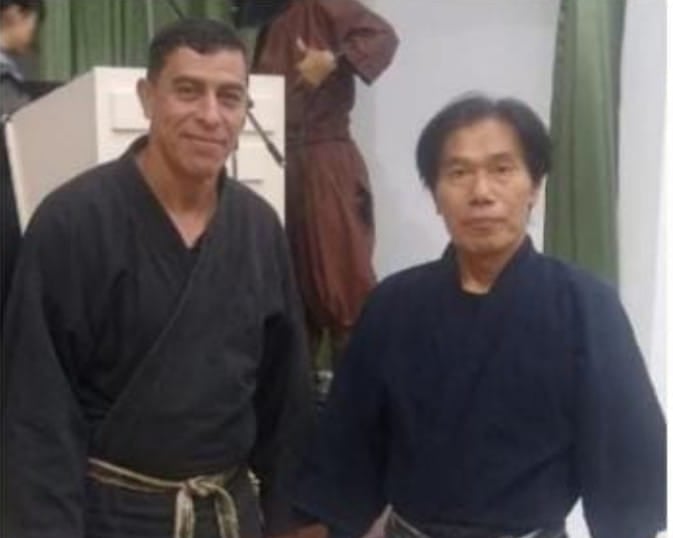

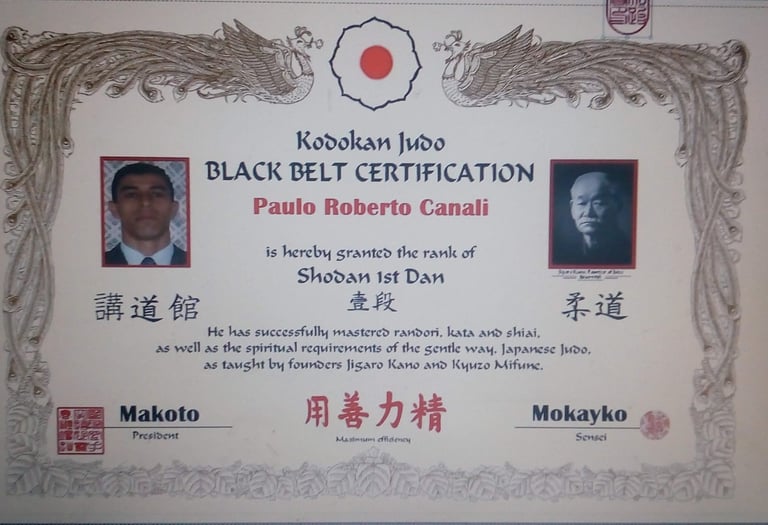

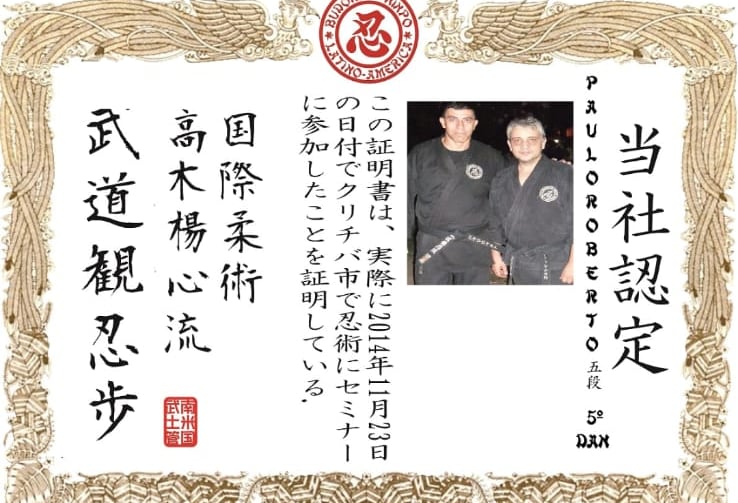


Budokan Banke Shinobi - Karasu Saigo
Luis Fabiano Calvi Tani's martial path:
From initiation to Budokan Banke Shinobi
Luis Fabiano Calvi Tani's martial path began with sports combat practices, through what was then known as Full Contact — later consolidated as Kickboxing. Under the guidance of masters Índio and Cincinato, Luis Fabiano developed the first foundations of discipline, physical resistance and technical fundamentals of combat.
His interest in oriental martial arts led him to ninjutsu, where he entered the Bujinkan tradition, under the tutelage of Sensei Carlos da Rosa. Although he taught ninjutsu classes, his original training was focused on Kung-fu, an art that also permeated his teaching methodology. Carlos da Rosa often traveled to São Paulo to deepen his studies and seek reliable technical content, which he later transmitted to his class with seriousness and commitment.
Faced with the need for technical deepening and compatibility between martial paths, Sensei Carlos da Rosa was led to a crossroads: to continue studying ninjutsu or to dedicate himself exclusively to Kung-fu. He opted for Kung-fu at that time, since his level was more advanced, suspending his journey within the Bujinkan.
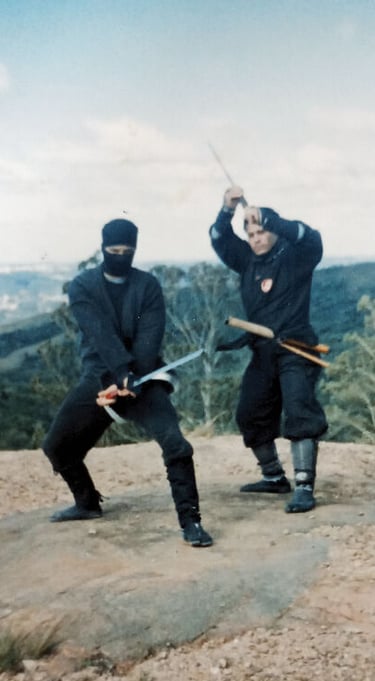

With his departure, the training group was taken over by Senpai André Charrão, who kept the practice active and continued the studies of ninjutsu within the parameters established until then.
However, years later, driven by the desire to delve deeper into a lineage closer to the original traditions of shinobi-no-jutsu, Luis Fabiano decided to leave the Bujinkan and, after a few years living in Japan and returning to Brazil, he decided to join the Budokan school in 2016 with Shihan Paulo Roberto Canali, later joining the Banke Shinobi — internationally recognized — lineage kept alive by the Japanese grandmaster Jinichi Kawakami, considered the last authentic ninja in Japan.
In South America, the official representation of the Budokan is coordinated by instructors with solid training and a direct link to Kawakami Sensei:
Marcelo Fabián Gularte, in Argentina;
Luís Astorga Camus, in Chile;
Paulo Roberto Canali, in Brasil.
After being recognized as a Shodan, Luis Fabiano joined the technical structure that would become Budokan Banke Shinobi Latino América, representing an important milestone in his martial journey, both philosophically and technically.
Aiming to maintain the integrity of the content transmitted and avoid possible conceptual discrepancies or distortions, he sought to strengthen ties with the organization's South American leaders and delve deeper into the studies of the Kōka Ryū Ban-tō lineage, emphasizing not only combat and survival techniques, but also the strategic, historical and behavioral principles of true shinobi.
From this solid foundation, his work began to have the mission of promoting teaching committed to the essence of traditional ninjutsu — not as folklore or spectacle, but as a path to physical, mental and spiritual improvement, faithful to the roots of Japanese tradition.
"Teach a child how and where to walk the path of his still young life and he, in the future, will never deviate from the correct path of honor and values"
